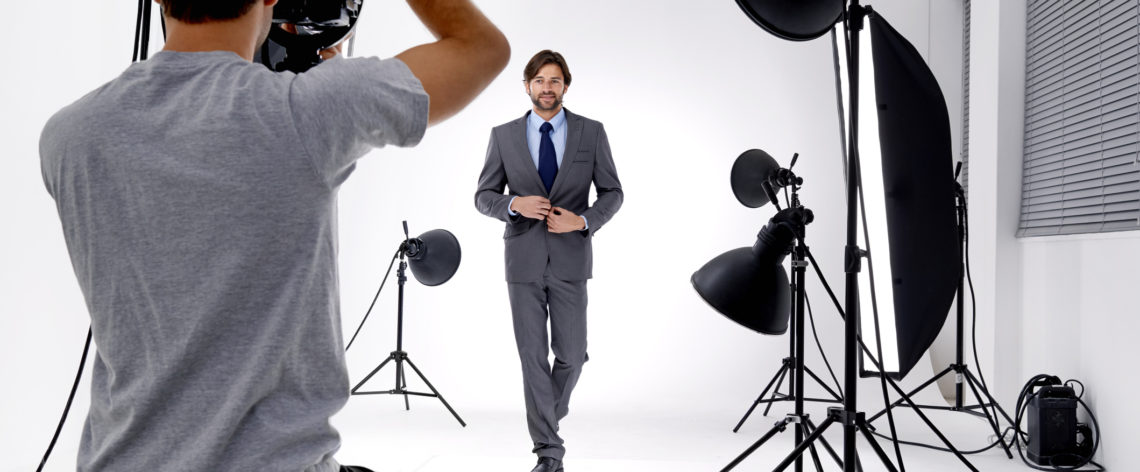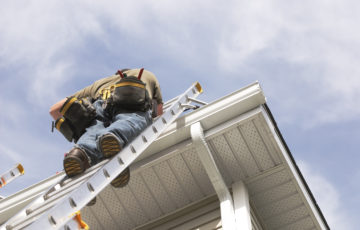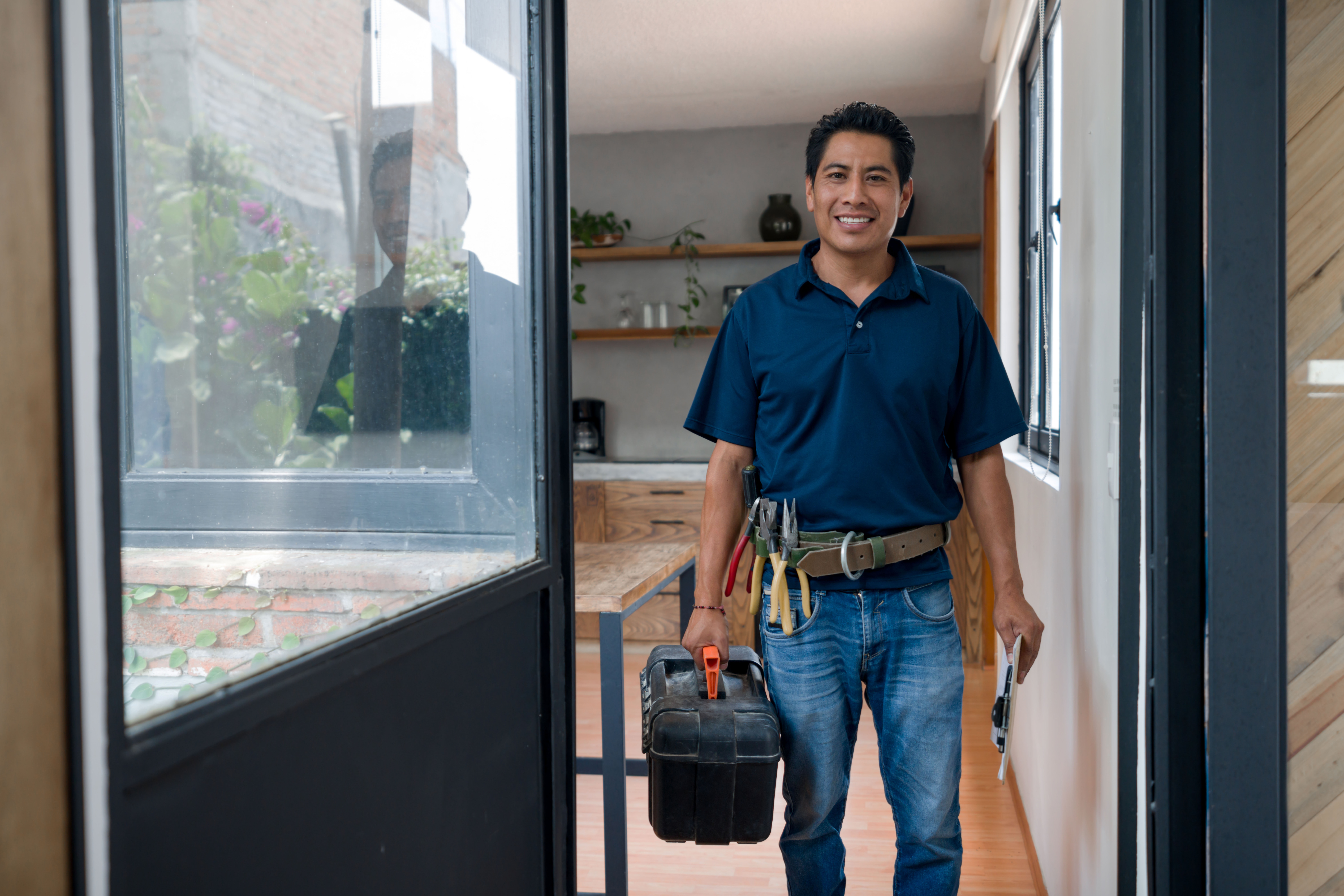As a photographer, one of the first things you think when you land a client is, where am I going to do the shoot? You may be unable to find a decent spot and run the risk of not looking professional, potentially impacting your reputation. Well, now that you’ve got your own photography studio, those days are over. You have your own space to set everything up, adjust the lighting, and work your magic with your camera.
But running a photography studio comes with its own set of risks. A proper risk assessment is necessary to ensure that you are protected. You can manage some risks yourself, while others may want to consider putting some protective methods in place.
This article will help you prepare for these risks and take the appropriate precautions, so you keep snapping pictures for years to come.
Ensure your studio is safe
Health and safety are significant concerns when running a photography studio. While everyone is responsible for their own safety, liability could ultimately end up on you as the business owner.
This is why preventing any hazards is essential in your workplace. You can take many steps to identify and help reduce these risks.
- Establish some photography studio rules
The first thing you can do to reduce risks is to establish some ground rules in your photography studio. Some common standards you could set include:
- Only people that need to be in the studio can enter (photographers, assistants, talent etc.).
- Only people who you authorise can touch any equipment
- Use proper manual handling techniques when lifting or moving heavy equipment
- All people must listen to the safety instructions of the lead photographer
- Everyone in the studio must know the safety evacuation procedures
- Reduce risks before anyone enters
Many hazards in the workplace can occur even with the ground rules set. From slips, trips, and falls to the risks associated with electrical equipment, a lot can go wrong in a photography studio. Removing as many dangers as possible is a good way to avoid injuries to yourself and others.
- Store any sharp objects (scissors, utility knives etc.) in a safe place away from where people frequently operate in the studio.
- Ensure any lighting fixtures and other suspended equipment are securely fastened.
- Ensure you have the appropriate safety equipment such as ladders for getting things that are stored above head height
- Manually do studio walks before and after a shoot to ensure your studio is clean and decluttered.
Ensure you have appropriate protections in place
While you can do a lot to reduce the risk of an accident in your photography studio, sometimes situations can still happen even in the most safety-conscious workplaces. Photographer insurance can safeguard you against these risks and ensure your studio stays in business for the long run.
There are many types of insurance for photographers, so consider the risks you face when thinking about business insurance. Here are some of the common risks that photography studios face and the photographers insurance they could get to protect against these situations.
The risk of third-party injury or property damage
Unless you are Andy Warhol, Man Ray, or one of these new-age self-portrait photographers with a selfie stick, you will likely have clients and other people in your photography studio.
As the photography studio owner, you have the legal responsibility to reasonably provide a safe environment for the health of these third parties and their property.
But despite your best efforts to reduce these risks, claims from a third party due to personal injury or damage caused to their property can happen, especially if caused by your business activities.
Public Liability insurance* is one of the most common types of photographers insurance products for these situations. It is there to provide protection if someone makes a claim against you, your business, or its employees.
The risk to your equipment
While it takes considerable skill, photography often can rely on the equipment you use. Your studio could contain many expensive items, so you may want to consider choosing a policy that covers these items, especially if they are essential to your business.
Contents insurance* is designed to cover your business contents or stock if they were damaged in a fire, storm, malicious damage, or some other defined event listed in the policy.
An important thing to remember is that business insurance policies typically exclude property damage caused by a flood. However, property damage caused by sprinklers or bursting, leaking or overflowing from an apparatus such as fixed tanks or pipes is generally covered.
If you often take your equipment in and out of your photography studio, then perhaps Portable Equipment insurance* is a better idea. It covers you for loss and damage to items of portable equipment associated with your business. These can include tools of trade and items of stock.
Risk to yourself
While covering the risk of injury to your customers is essential, you may want to consider looking after yourself too. What would happen if you were injured or too ill to be able to bring in an income?
This is where Personal Accident & Illness (PA) insurance* can provide protection. It could cover you for loss of income if you were unable to work due to an injury or illness. The cover is generally available regardless of whether or not you sustain an injury or develop an illness due to your work.
If you were temporarily unable to work due to an accident or illness, your cover could pay you a benefit of up to 85% of your salary, although maximum limits apply.
The bottom line
Running a photography studio can be an advantageous career move. However, there are plenty of risks to consider first. While some risks you can manage on your own, others may be better protected against with a business insurance policy. Consider your risk profile and ensure you make the best choice for your situation to build a profitable business.
This information is general only and does not take into account your objectives, financial situation or needs. It should not be relied upon as advice. As with any insurance, cover will be subject to the terms, conditions and exclusions contained in the policy wording. © 2022 BizCover Pty Limited, Public Liability Australia is a business name of BizCover Pty Ltd (ABN 68 127 707 975; AFSL 501769)



